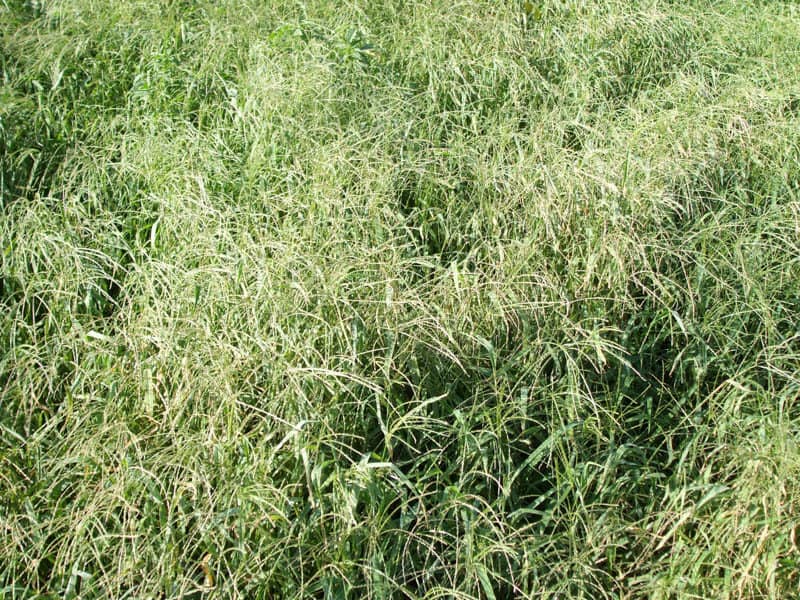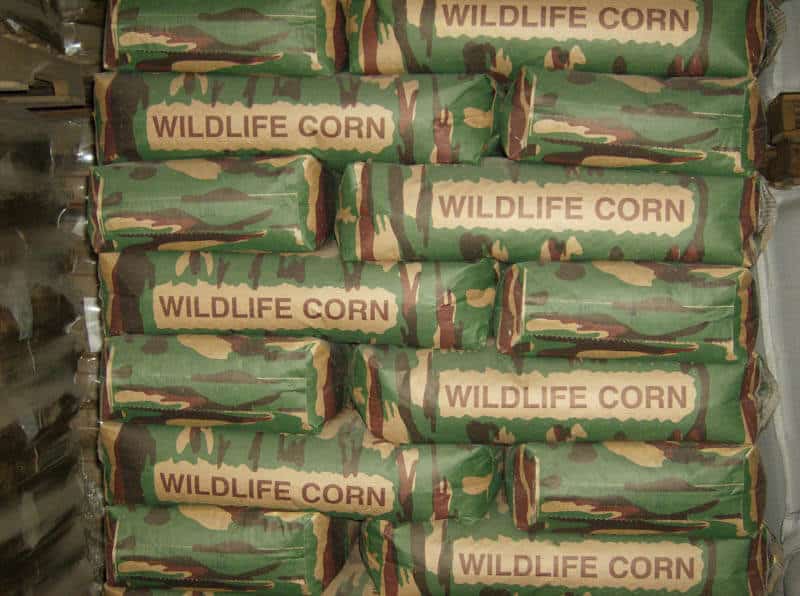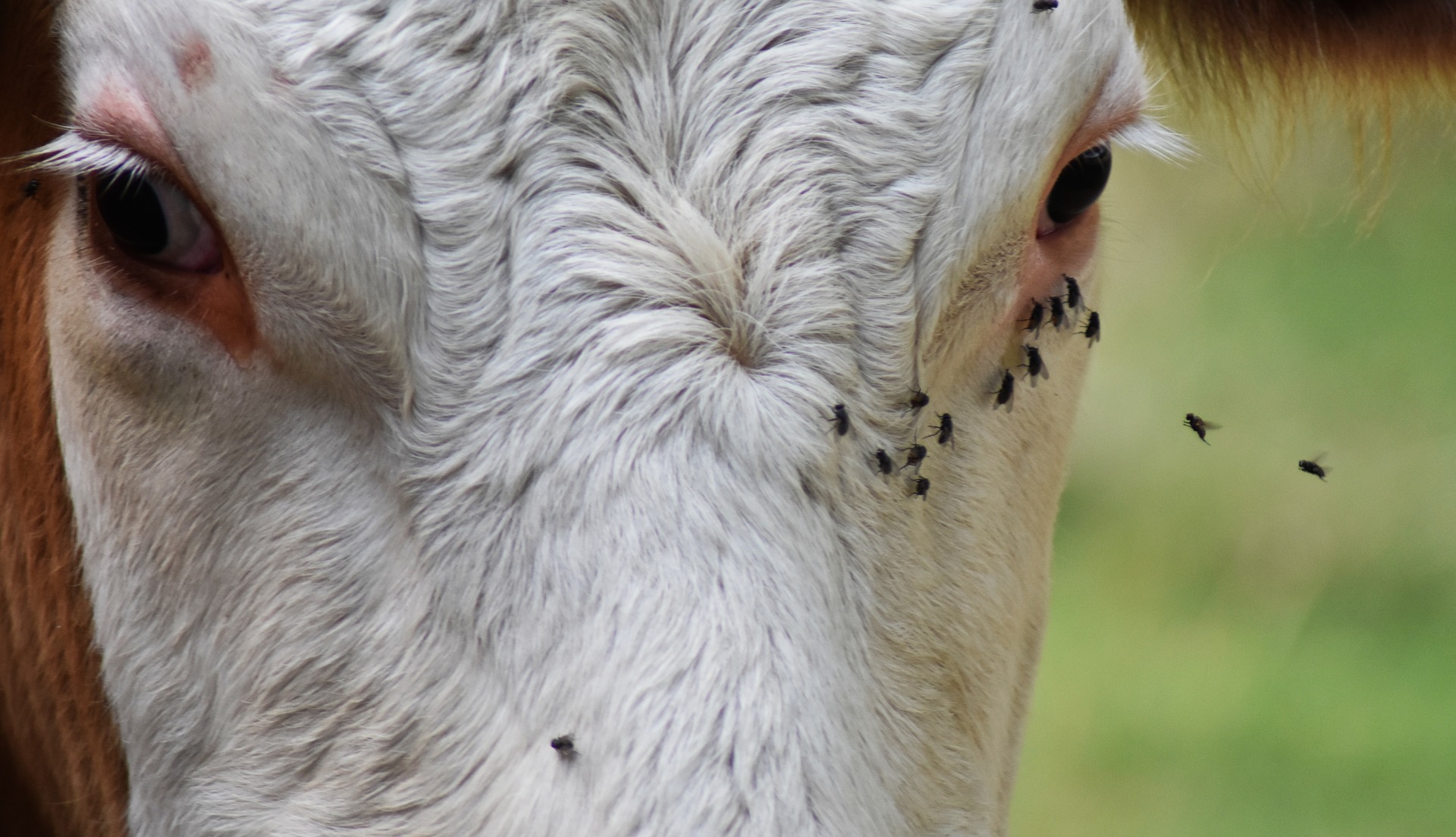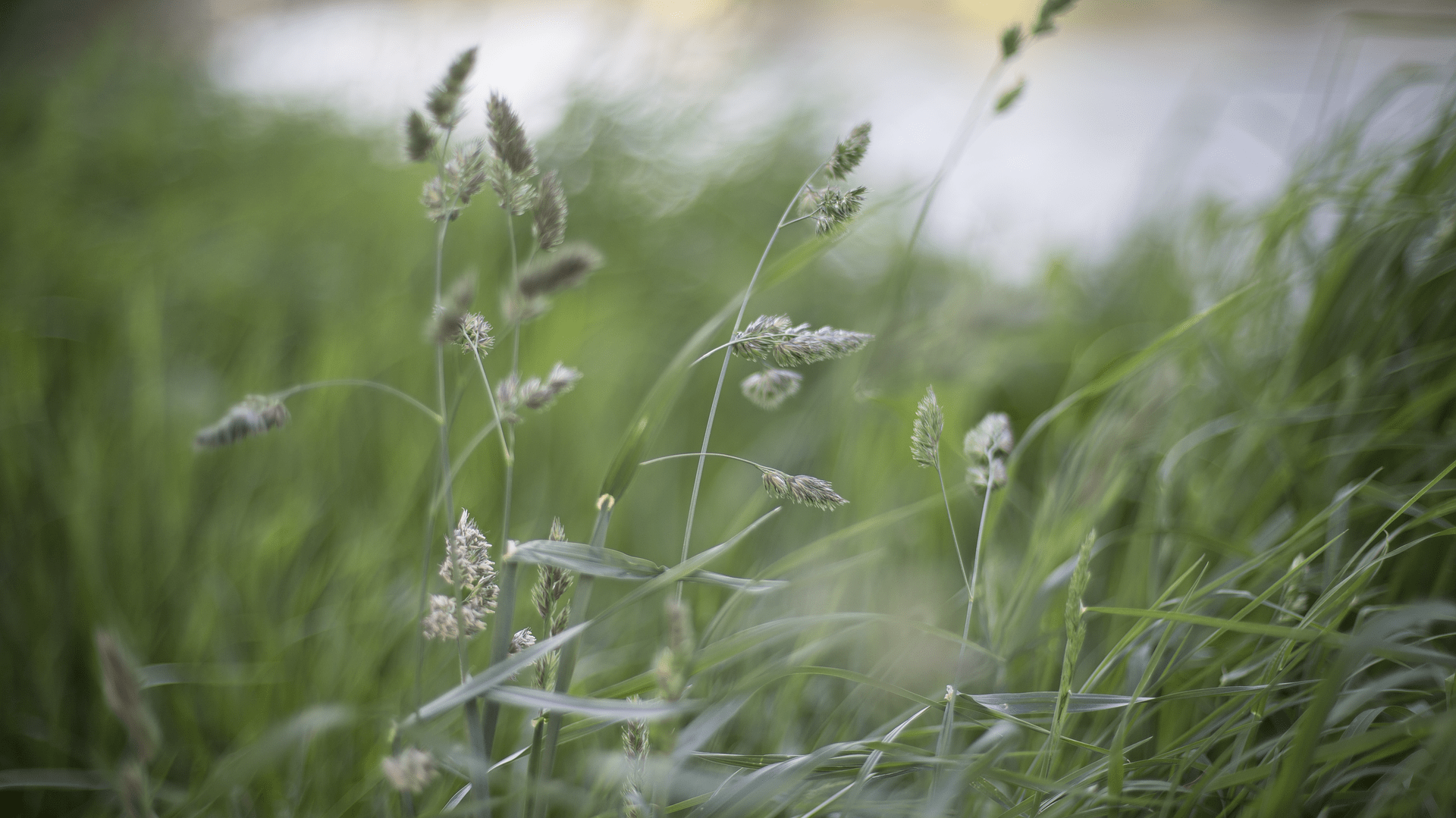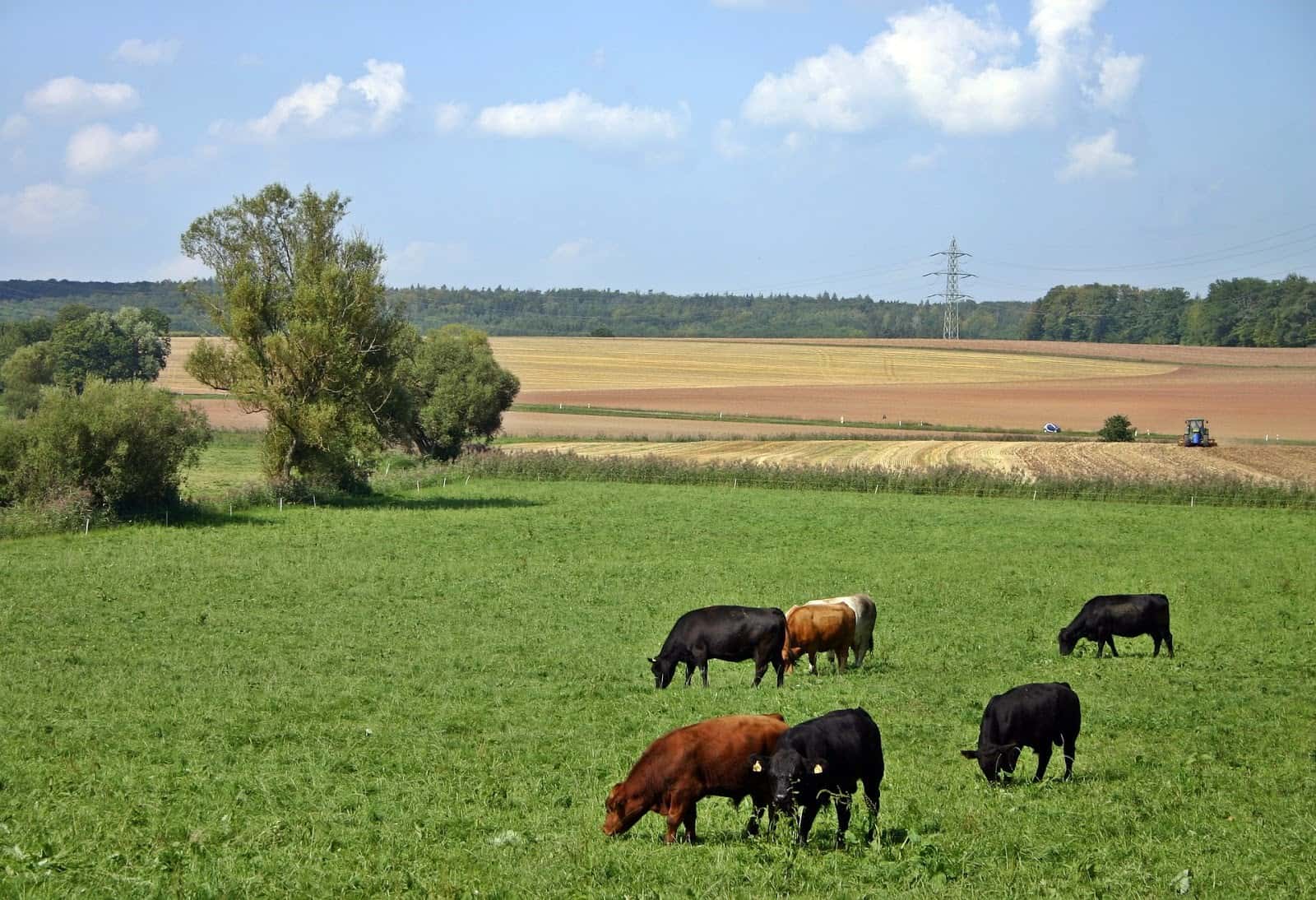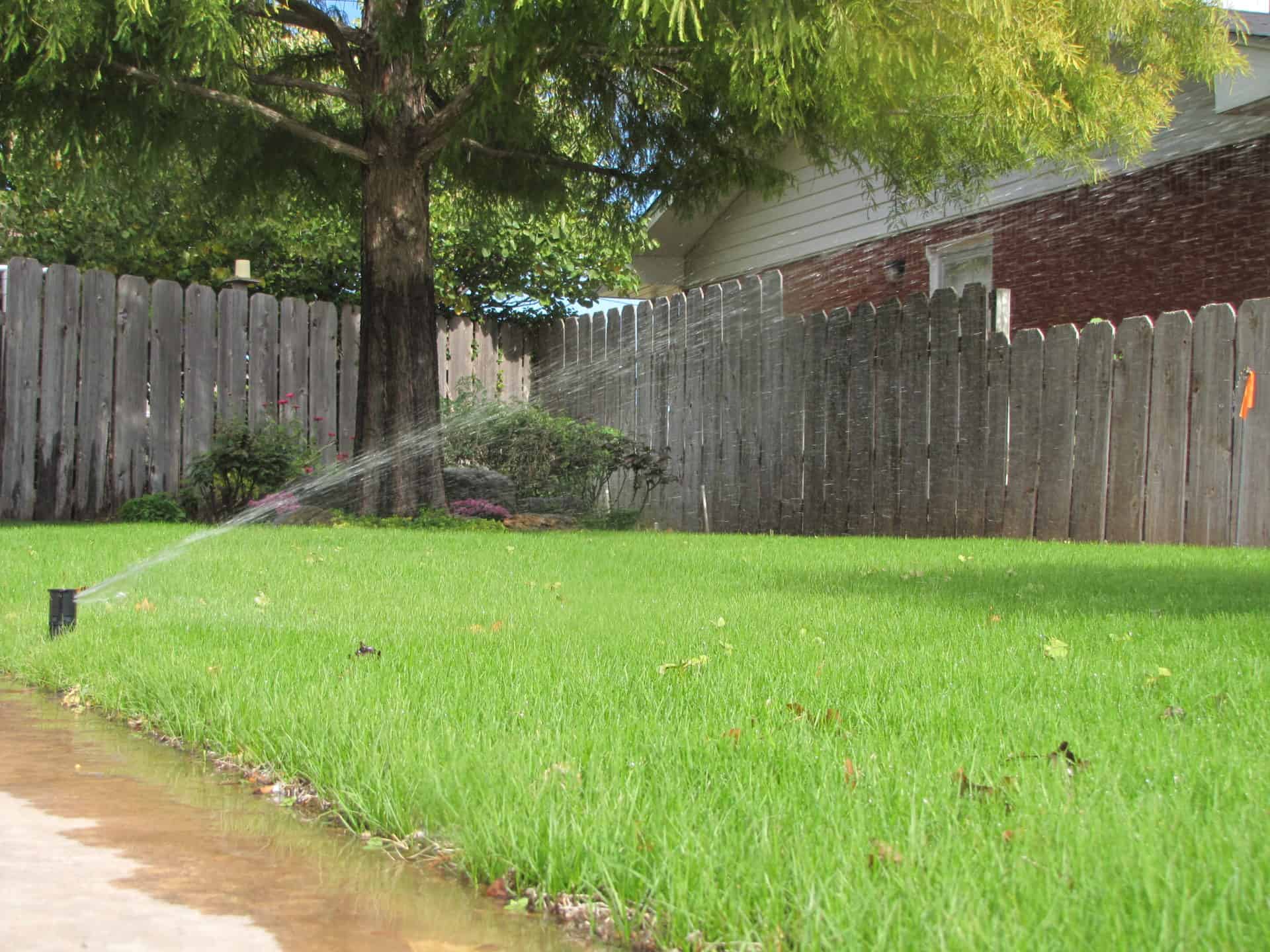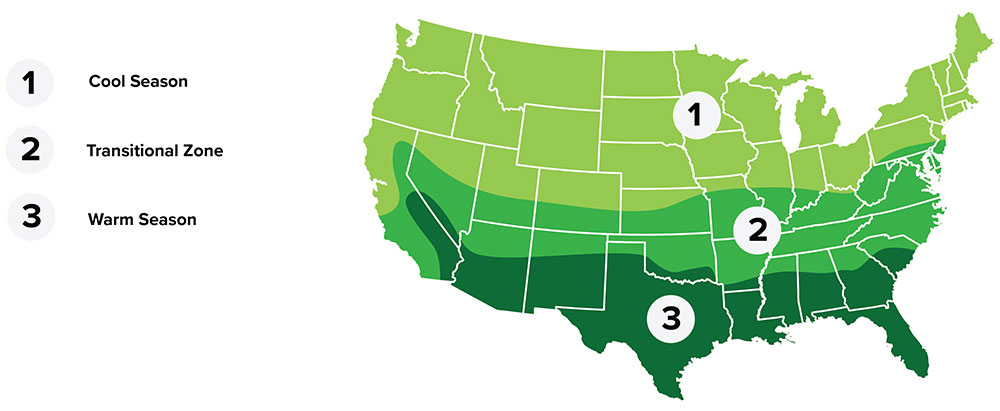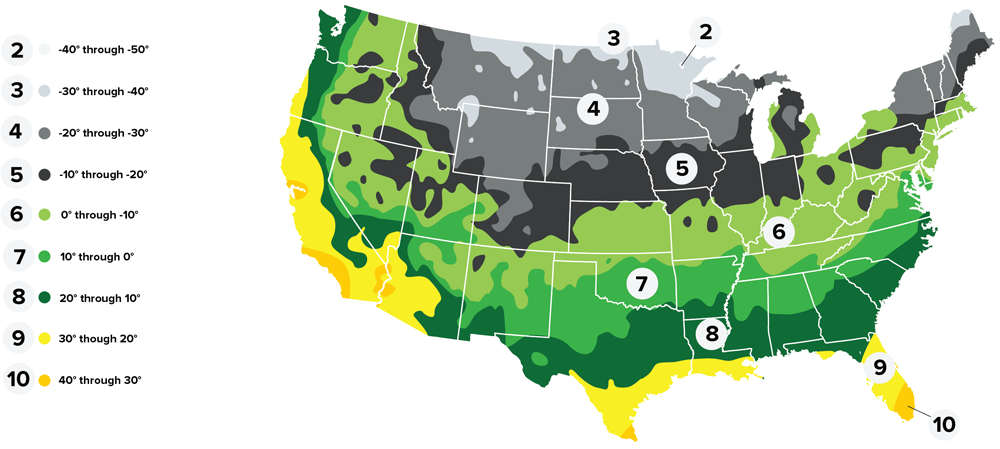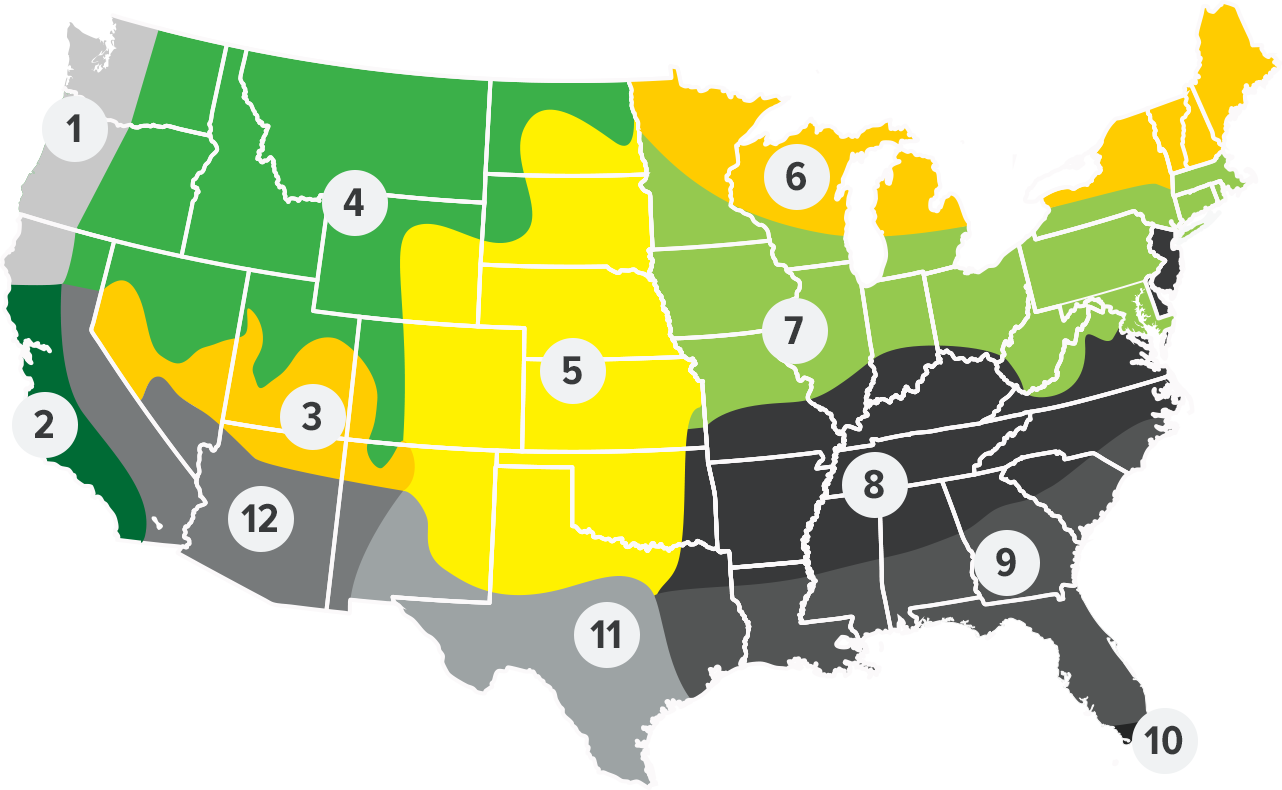Summary
Mojo is Barenbrug USA’s new Yellow Jacket® Coated, improved crabgrass that works like magic during the hot dry months. Crabgrass is a high quality, high yielding summer annual forage that is excellent for grazing and haying. This variety of crabgrass produces a highly digestible forage (up to 73% NDFd) and high crude protein content (25-30% early season; 15-20% mid-summer; 10% late season). Areas of adaption extend from Nebraska, south and east to the Gulf and Atlantic coasts. If your summer pasture has lost it’s appeal now is the time to get your mojo back.
MOJO: Now Including Impact
Impact crabgrass was released from Noble Research Institute for forage livestock producers needing a
later-maturing cultivar than Red River but one that is also broadly adapted, high-yielding, and with improved nutritive quality and good reseeding ability.
Suggested Planting & Management:
Tilled & Planted in Spring:
1. Prepare the ground by discing and harrowing in spring. Firm soil to where a footprint leaves an impression 1/2″ deep.
2. Plant seed shallow when soil temperatures reach 50ºF in the spring. Using a drill or seeder with a small seed box is best, but a grain drill can work.
3. When the grass begins to form stolons (“runners”), apply nitrogen (50 to 100 lb N/acre).
4. Graze when grass reaches 6 to 8 inches.
Broadcast with Small Grains in Fall:
1. Small grain forage such as rye, wheat, or triticale planted in the fall.
2. Broadcast a mixture of 5 to 7 lb of seed and fertilizer the following March through May.
3. Graze out the small grain pasture.
4. Fertilize with nitrogen (50 to 100 lb N/acre)
5. Begin grazing once the grass reaches 6 to 8 inches in height. Rotational grazing is the best management to maximize quality and quantity.
6. Apply additional nitrogen fertilizer as needed and if precipitation is adequate.
Plant Characteristics
Taxonomy
Zone
- Regional Growing Zone
- 3 - Southern Mountain, 5 - Midwest, 7 - Great Lakes South, 8 - Appalacia, 9 - Southeast, 10 - South Florida, 11 - South Texas
- USDA Plant Hardiness Zones
- 6, 7, 8, 9, 10
- Temperature Zone
- Warm, Transitional
Plant Characteristics
- Height
- 6" - 24"
- Bloom Period
- Mid-Summer - Late-Summer
- Bloom Color
- Yellow
- Leaf Color
- Green
- Growing Cycle
- Annual
- Sun Requirement
- Full Sun
Plant Information
- Planting Season
- Spring - Early-Summer
- Plant Depth
- 0.25"
- Minimum Soil Temp for Germination
- 55° F
- Establishment
- Easy
Seed Information
- Seeds Per Pound
- 800,000
- Kingdom
- PLANTAE
- Subkingdom
- TRACHEOBIONTA
- Super Division
- SPERMATOPHYTA
- Division
- MAGNOLIOPHYTA
- Class
- LILIOPSIDA
- Subclass
- COMMELINIDAE
- Order
- CYPERALES
- Family
- POACEAE
- Genus
- DIGITARIA
- Species
- DIGITARIA CILIARIS
Coverage Area & Available Sizes
Applications
Crabgrass is an excellent high quality, high producing annual forage for many classes of livestock. It can be used in both haying and grazing systems. Most often used as a double crop forage behind small grains in the southern U.S.
Crabgrass is an excellent high quality, high producing annual forage for many classes of livestock. It can be used in both haying and grazing systems. Most often used as a double crop forage behind small grains in the southern U.S.









